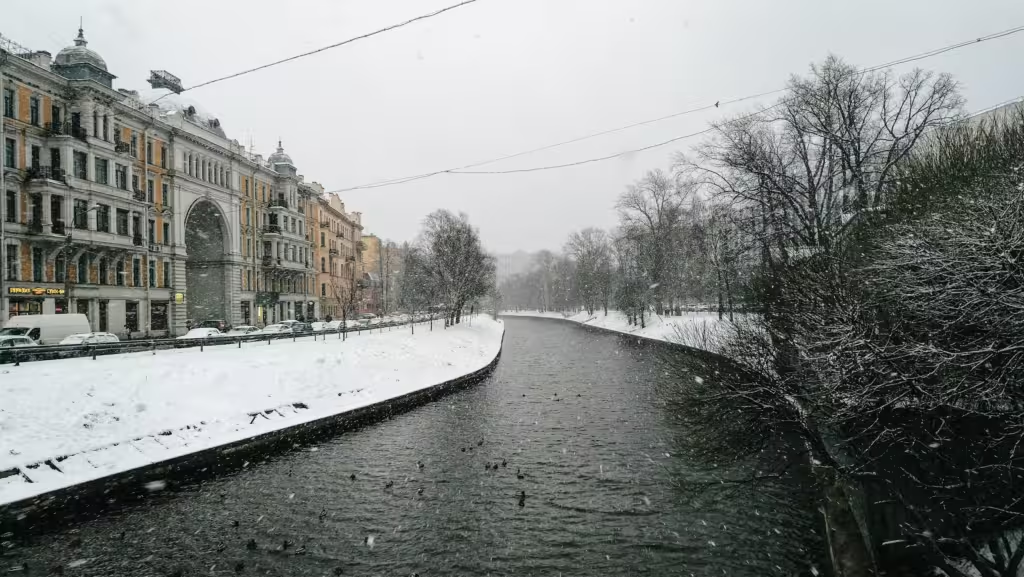H/T NoTricksZone we present a new study explaining the lack of Arctic sea ice melting since 2012. We have brought this topic up ourselves because back when the ice was melting over the 2000-2012 period we saw a parade of climate experts extrapolating forward and announcing that we were roasting the Arctic and summers would soon be ice free and we were all going to die starting with the polar bears. It was simple science, you see. The models said thus-and-so and the experts were confident in their forecasts. But um no sooner had they made them than the trend changed direction. And last spring they admitted to being surprised. But what with settled science and omniscient models and all, the story has changed. Now they knew it was going to happen and they know what will happen next. Maybe. Some day.
Alert CDN readers might recall the announcement earlier this year that the lack of Arctic warming since 2012 was a surprise. The new study says not only is it not a surprise, it’s part of a well-known pattern.
You see, Arctic sea ice in September of each year, according to the new and improved simple science, is driven by last summer’s value of the North Atlantic Oscillation, which since 2012 has been in a mode that favours ice not melting. Not only is it a well-established correlation but it shows up in climate models too. Well, most of them. Half anyway. OK about half. Some of them, if you hold the page at just the right angle.
At least they are admitting that natural variability plays a big role in determining Arctic sea ice coverage. But does it mean CO2 doesn’t? Heck no. We can’t have that. Instead the NAO shifts modes every 30 or 40 years so the ice will be around only for a few decades. Then watch out, say the authors:
“The transition from the peak negative phase to the peak positive phase, starting around early 2010s, is likely to extend until roughly 2030-2040. Given the strong coupled relationship between the NAO and Arctic sea ice, the slowdown in the September Arctic sea ice melt is likely to continue until 2030-2040. Nevertheless, a phase of accelerated Arctic sea ice decline may ensue when the NAO passes the peak positive phase after 2030–2040. In the absence of greenhouse gas emission reduction, we may encounter a sequence of climate and environmental crises triggered by a sharp reduction in Arctic sea ice after approximately a decade or so. Fortunately, the impact of internal atmospheric variability provides a climate buffer period of 10–20 years, allowing for the implementation of essential emission reduction measures to address the impending catastrophic challenges.”
Some rustics may be wondering how we went so painlessly from talking about how natural variability drives Arctic sea ice to demanding global emission reductions. Hey, rube, welcome to climate science, where they’re not political, noooooo no no no. It’s just that the models say the ice is melting even if the ice isn’t melting and a rebound in Arctic sea ice despite predictions to the contrary means you’d better hurry up and cut emissions or the ice that’s melting though it’s not will melt even if it isn’t.


